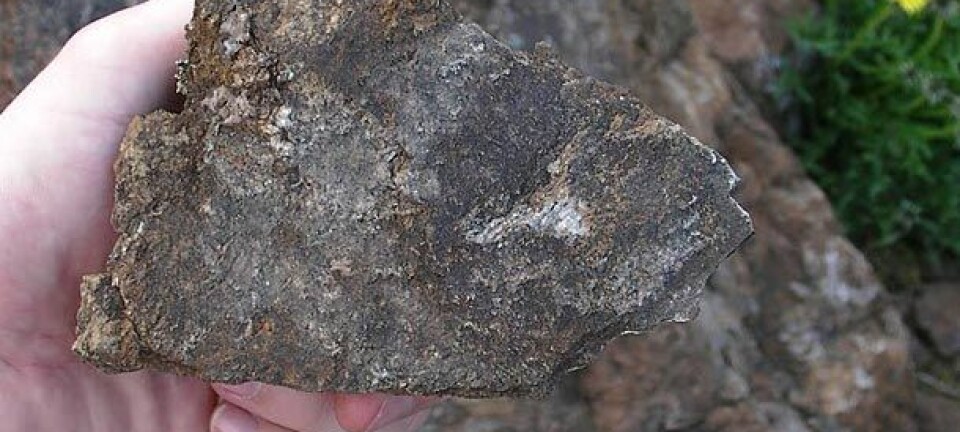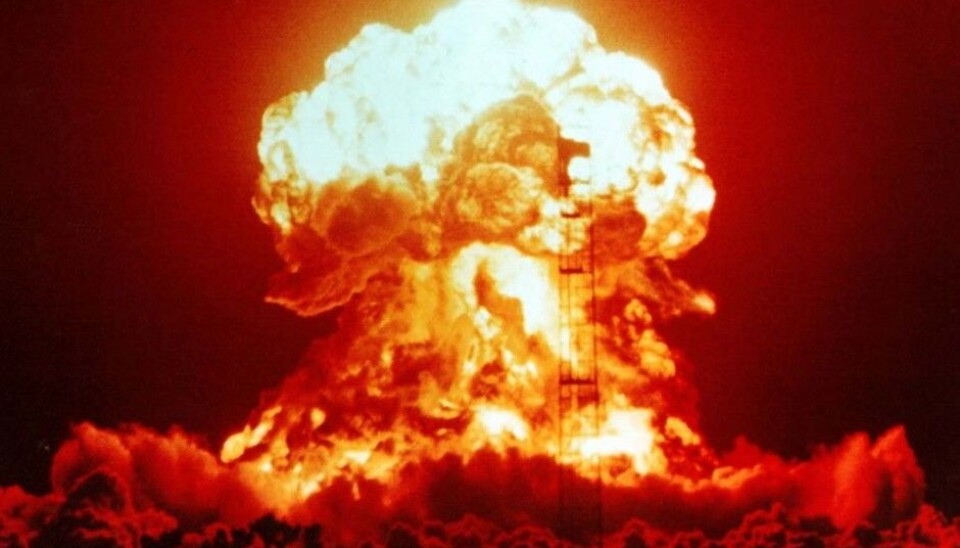
Nuke bomb fallout in Norway sourced
Thousands of nuclear weapons tests have been conducted around the world since 1945. A Norwegian researcher has recently investigated where fallout in Norway came from.
Denne artikkelen er over ti år gammel og kan inneholde utdatert informasjon.
Over 500 nuclear bomb tests were conducted in the atmosphere from 1945 to 1980. These bombs created the most powerful detonations made by humankind.
Cato Wendel, a researcher at the Norwegian University of Life Sciences, has tried to find out the sources of the traces of radioactivity that remain in Norwegian territory, how this radioactivity spread and which parts of Norway received the most fallout.
Atmospheric tests
Most nuclear bomb tests were conducted deep underground. This allowed the explosion to be controlled and kept radioactive material largely beneath the surface.
From 1945 to 1959 and in 1961-1962 there were no treaties in place to curb atmospheric tests of nukes. Atomic and hydrogen (fission and fusion) bombs were tested under various conditions – on the ground, in the air, high in the stratosphere and even in space.

The atmospheric nuclear tests were curbed by the partial nuclear test ban treaty of 1963, even though China and France refrained from signing and continued atmospheric testing until the late 1970s.
The agreement from the time of Kenney and Khrushchev called for a halt in atmospheric and space nuclear bomb tests, in part because of health concerns regarding the effects of the resulting radioactive fallout.
A lot happens instantaneously inside an atomic bomb when it explodes. The first explosion in the bomb triggers a chain reaction that splits plutonium or uranium through fission. Huge amounts of energy are released as each atom splits. Little radioactive material is needed to create calamitous explosive force.
The most powerful nuclear weapons are thermonuclear, and are also called hydrogen bombs or H-bombs. These use fission to trigger the fusion of hydrogen into helium, like the Sun does, releasing gigantic amounts of energy.
Spread
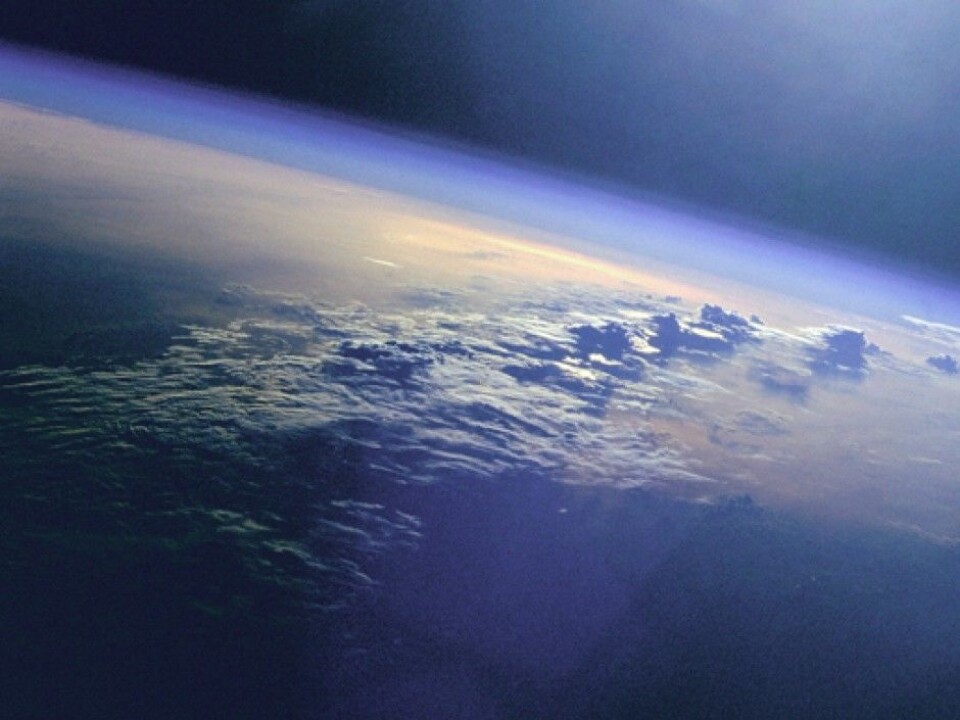
“When a medium-sized atomic bomb explodes above ground it creates an intensely hot cloud of gas that rises into the atmosphere,” says Wendel.
“These bombs are powerful enough to carry tiny particles high into the stratosphere.”
The detonation creates different sizes of particles and debris. These consist partly of dust that has become radioactive during the explosion and particles of the bomb itself.
The heaviest descend close to where the bomb exploded, but light and small particles are lofted into the atmosphere. They can remain aloft for several years, carried here and there by air currents, although they remain predominantly in the hemisphere where the bomb was detonated. This is because the prevailing air currents run in opposite directions on either side of the equator.
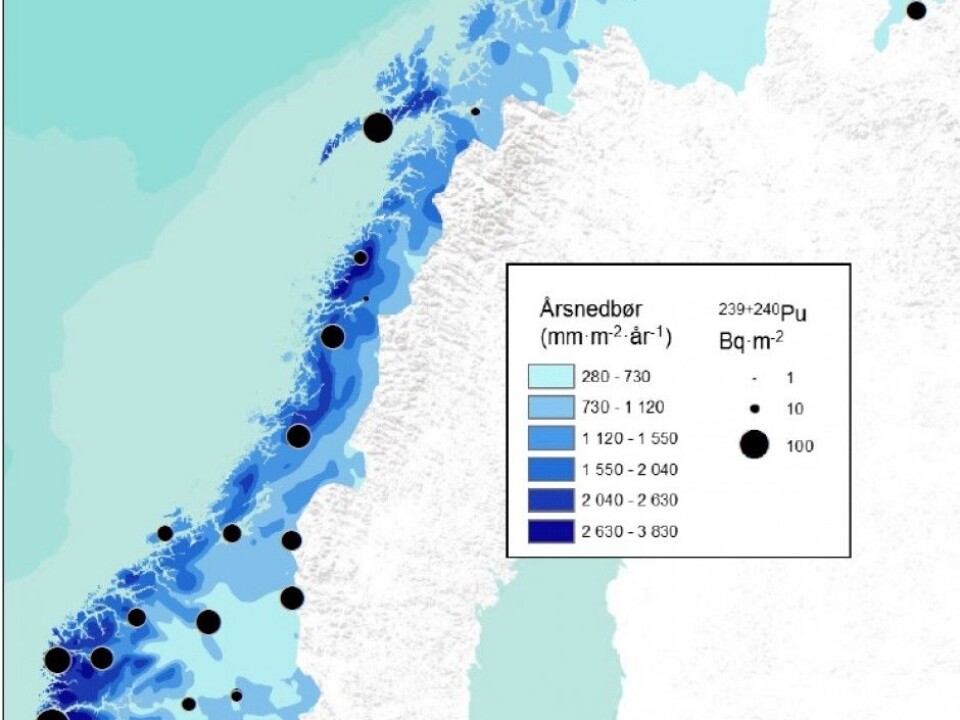
The particles eventually become fairly evenly spread and fall like a blanket to the Earth with rain or snow. Of course they also fall down in fair weather too.
This blanket is called global fallout and most of it stems from nuclear testing conducted by the USA and the former Soviet Union (USSR), because the two superpowers tested the most bombs.
Where in Norway?
“Most of the fallout that ended up in Norway fell on areas with heavy precipitation, especially along the west coast, in areas such as around Bergen and [further north] in Svolvær,” says Wendel.
Wendel has investigated soil samples from all over Norway that were collected in 1990 and 2005 and measured the types of radioactive elements in them.
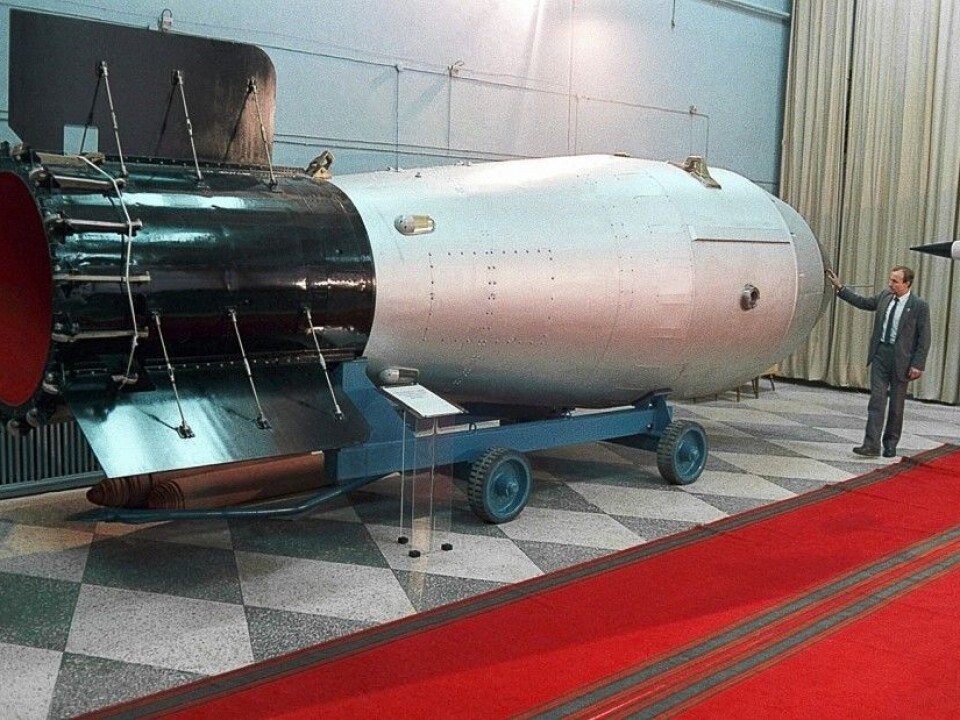
He also tested old air filters that had been set up in the 1950s and ‘60s in Norway to catch radioactive particles from nuclear tests, as well as soil samples from the entire country collected from 1990 to 2005.
“The air filters were deployed on the initiative of the USA as they wanted to know what was going on the Soviet side of the border,” says Wendel.
Atomic detective work
Wendel has had a special focus on plutonium (Pu) isotopes. Plutonium is either used as fuel for the detonations or is created by the explosion process.
An isotope is a version of an element that has a different number of neutrons in its nucleus than the original.
Wendel has studied some of the most common fallout components from nuclear weapons tests, the plutonium isotopes 239Pu and 240Pu.
Disparate ratios between these isotopes reveal information about how large or small a nuclear weapons test was, or whether it came from a nuclear accident, such as Chernobyl.
The ratio of the isotopes also enables the tracing of the material back to a specific nuclear test, with the help of historic weather information and computer software.
Wendel used Accelerator Mass Spectrometry (AMS) to find out what types of isotopes fell on Norway. The ions of the material being analysed, such as the dust in the air filters, are sped up to extraordinary kinetic energies prior to mass analysis.
These particles are sent through an electromagnetic field where the paths of atoms of different masses curve differently. This enables scientists to isolate and identify different isotopes, even in tiny quantities.
Right from the USSR
In 1962 a small atomic bomb was detonated in the Soviet Union’s testing grounds at Semipalatinsk in present-day Kazakhstan. The traces of this particular bomb test turned up in the samples analysed by Wendel.
“The tests were conducted at a point in time when the weather conditions were just right for the particles to be blown toward Norway,” he said.
The prevailing winds in the Northern Hemisphere are westerly, meaning they blow from west to east. So the fallout from such a test would normally have to travel eastward and circle the Northern Hemisphere before coming to Norway. But just then the meteorological conditions were different and Norway was an early recipient outside the USSR.
The amount of radioactivity in the air above Norway increased during this period and the ratio of plutonium isotopes bore the signature of this detonation.
It’s likely that much of the fallout that has ended up in Norway has come from the former USSR. The biggest Soviet tests were conducted on the island of Novaya Zemlya between the Barents Sea and the Kara Sea north of Russia. The island is 1,000 km east of Norway’s northernmost county of Finnmark, but Wendel has found direct fallout there from these tests.
Not harmful to health
But what kinds of prospective health consequences or environmental pollution has resulted from the fallout?
“These are very low concentrations of plutonium following the nuclear weapons tests,” says Astrid Liland, a researcher at the Norwegian Radiation Protection Agency.
“Plutonium is not harmful outside the body but it can be deadly if it gets inside you. However, the levels we are talking about would not cause dangerously high radiation levels even in a worst-case scenario where a child eats dirt containing such plutonium remnants in Norway.”
Liland adds that plutonium is a heavy metal that doesn’t readily get picked up in the food chain and thus does not cause alarming doses to accumulate in the Norwegian population. Even though the concentrations were highest on the west coast, they were very small and thus of no consequence.
Most from Chernobyl
Most of the radioactive pollution in Norway stems from the Chernobyl meltdown in Ukraine in 1986.
A number of radioactive substances spread across northern Europe, including 137caesium and 134caesium.
“Caesium is similar to potassium, an essential element that is taken up from the soil by plants. From there it can be accumulated by animals and humans. Plutonium, on the other hand, is unlike other elements and does not accumulate up the food chain,” explains Liland.
Although nearly three decades have passed since the Chernobyl accident, Norwegian animal husbandry, including reindeer herding, still has to undertake efforts on a national scale to limit the contamination of dairy and meat products by radioactive caesium.
This year grazing animals have again picked up higher doses of radioactivity. The culprit is mushrooms, which have grown prolifically this year. Mushrooms absorb a lot of caesium.
Despite the nasty dose of radioactive fallout from Chernobyl in 1986, to date nobody in Norway has been shown to have directly suffered adverse health consequences.
----------
Read the Norwegian version of this article at forskning.no
Translated by: Glenn Ostling








